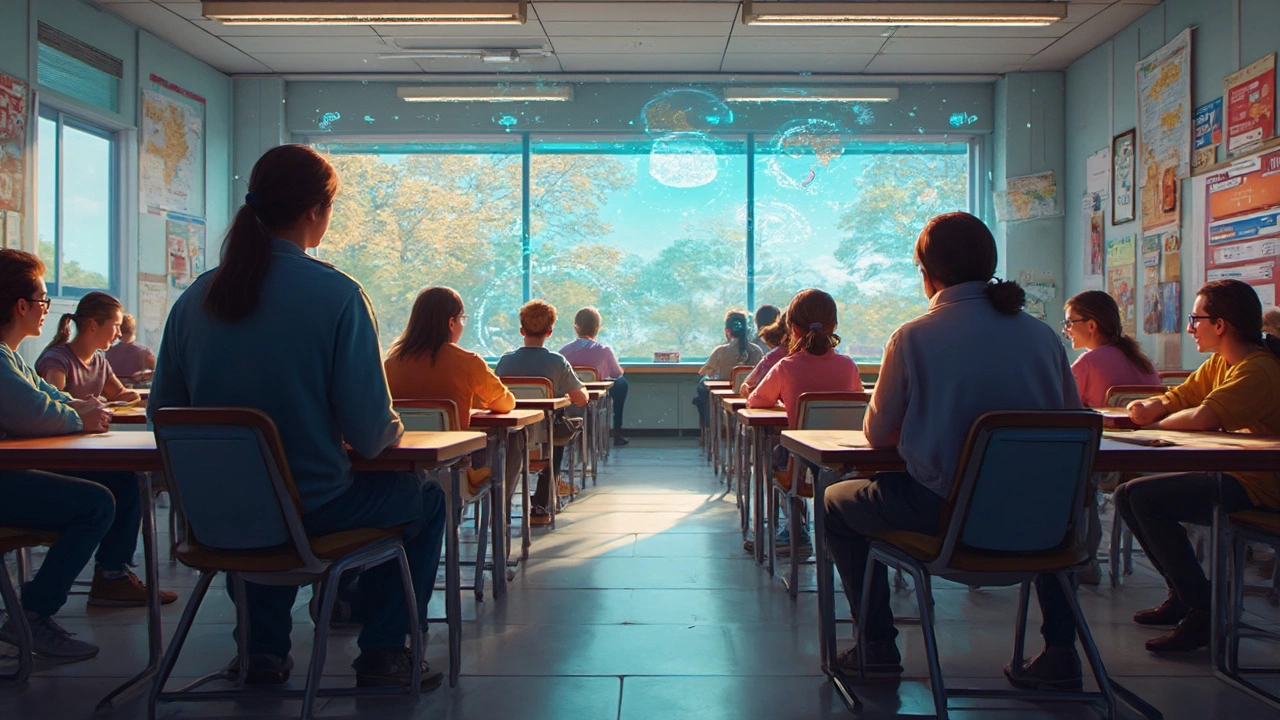21st Century Education: How High School Is Changing
Forget chalkboards and endless lectures. High schools today are way more dynamic, tech-driven, and student-focused than most of us remember. Walk into any classroom, and you’ll probably spot laptops, smartboards, and kids collaborating on group projects. Digital learning isn’t just a trendy phrase—it’s now an everyday thing. Students deal with Google Classroom, online homework, and real-time feedback from teachers. Even snow days might mean Zoom classes instead of cancelled school!
Creativity has found a real place at the table, too. Schools encourage hands-on projects, problem-solving activities, and the kind of out-of-the-box thinking that feels more like what you’d see at a startup than a typical class. Want to learn by building robots or coding an app? That’s normal now. Teachers push students to ask tough questions, argue their point, and create something new instead of just memorizing notes. Not everyone learns the same way—and finally, the system’s starting to catch on.
But with all these innovations come challenges. Some kids adjust quickly to tech and independence, while others struggle. There are still gaps: not every student has the same access to devices or fast internet at home. Some families worry that too much screen time is replacing real-life connection. Teachers have to be part tech-support, part mentor, and sometimes even digital detectives when it comes to online assignments.
Life outside the classroom matters, too. Schools focus more on mental health, life skills, and real-world readiness. Programs support students in managing stress and teach them how to handle money, communicate well, or even start their own business. Student clubs and activities are more diverse—covering everything from coding to activism. There’s a real push to make sure every kid finds their spot, not just the straight-A students or varsity athletes.
The 21st century also means dealing with bigger social issues head-on. Schools actively bring up topics like diversity, inclusion, bullying, and digital safety. Students have open conversations about mental health, and there are visible efforts to create safe spaces for everyone. Classes are starting to teach empathy and critical thinking, not just facts and dates. If you want to see what the leaders of tomorrow look like, just check out today’s high school clubs and classrooms.
All these shifts can feel overwhelming, but they’re reshaping what it means to go to high school. It’s about more than just getting good grades—it’s about building the skills, confidence, and connections students need for whatever comes next. If you’re curious about how education is actually changing, this is where you’ll find the real stories, trends, and tips that make sense for the world right now.

High schools in the 21st century have metamorphosed in response to the rapid changes in society and technology. From incorporating digital learning tools to embracing personalized education plans, these institutions are shifting to meet the needs of today's students. The article explores how high schools are evolving to provide a more inclusive and relevant educational experience, tailored to preparing students for the future landscape. It also delves into the integration of life skills into curriculums to ensure students are well-rounded individuals ready for the challenges beyond the classroom.
- Read More